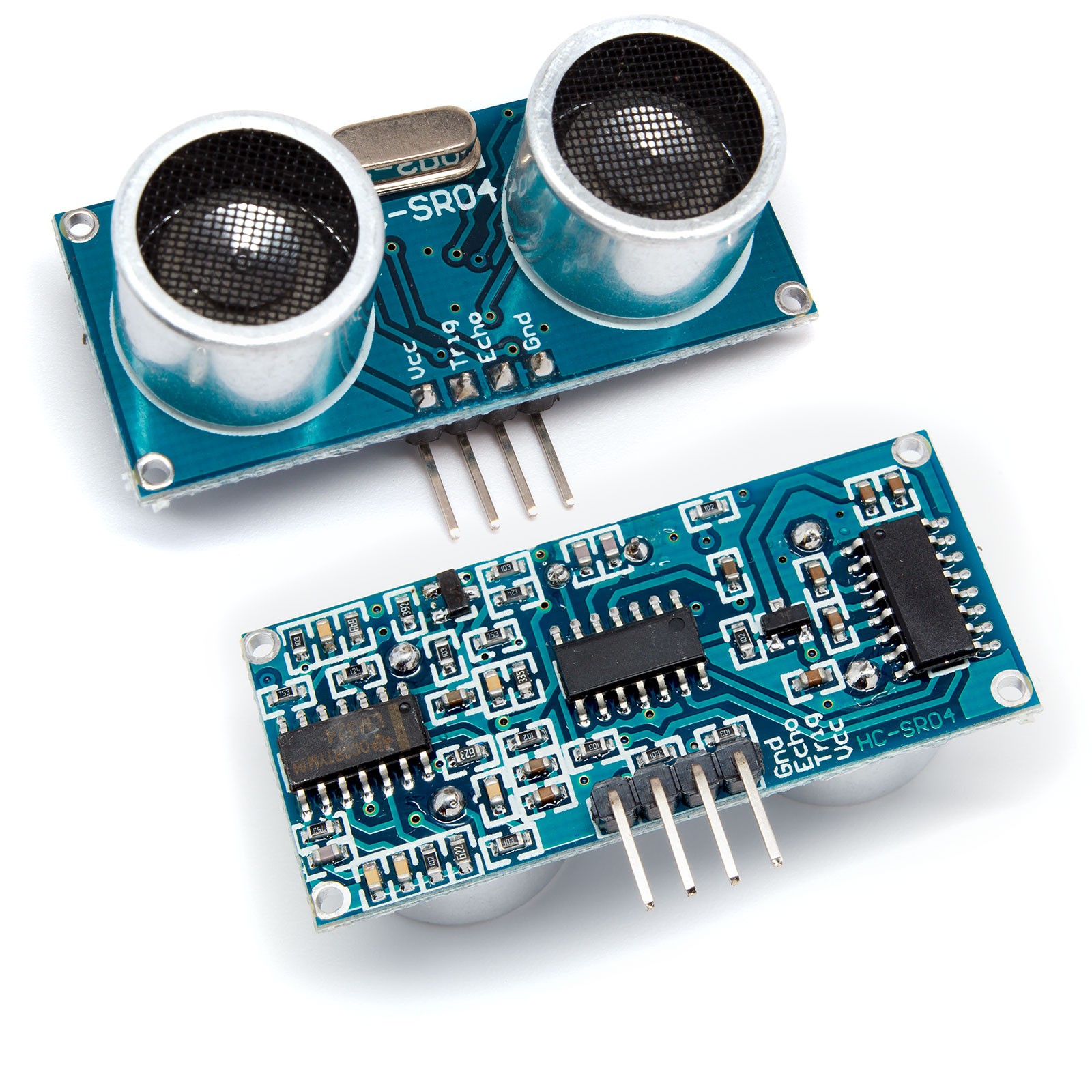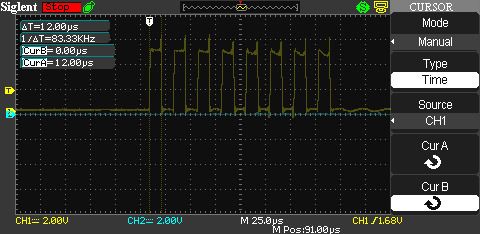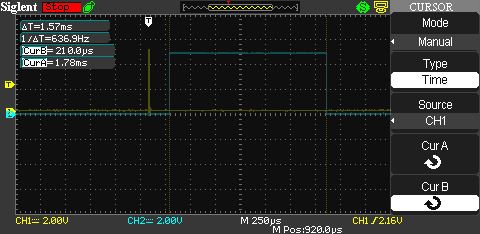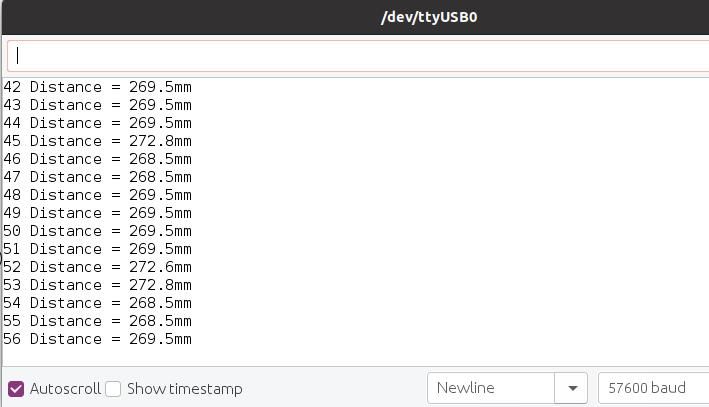Roy –
A very useful tip, a soft ball on string. I have seen that tip elsewhere a long time ago though if I recall correctly that motorist drove forwards into his garage.
Dave –
I would expect an ultrasonic transducer to be reciprocal as you suggest, i.e. capable of both transmitting and receiving. They can be calibrated effectively by making three of them ping at each other in turn, and apply the transmitting and receiving electrical signal levels, and the transducers' electrical characteristics, to complicated simultaneous equations. (It was easy for me. The sums lived in a computer programme written by them as know such things.) The method, "reciprocity calibrating", is roughly the sonar equivalent of making three surface-plates from each other without recourse to a reference-plate.
However, even if using a pair at their same resonant frequency, you may need know their receive and transmit sensitivities with their associated amplifier gains, in both modes, for the readings they give to make sense. It may be possible to calculate the results from purely relative signal levels, but you'd still need an optical or thermocouple pyrometer to calibrate the acoustic system, especially as it might not be linear with temperature.
The sound pressure-level emitted from a small transducer is fairly low and falls by inverse-square distance law plus absorption that rises with frequency; so although it is valuable for the sort of contact transmission and reception Pgk describes, in medicine and NDT of metal components, I would not to like to guess its likely efficiency though a turbulent gas cloud.
The sound might travel easily along a fire-tube well though. A metal tubes can be an effective acoustic wave-guide provided you can put enough of the total emitted energy into the tube's entrance. (Think of the speaking-tubes on old ships.) A single-piece sensor may be nearly omnidirectional so much of the radiated sound would miss the tube. If it is directional though, both transducers would need careful aiming for beam and tube concentricity. You could test for this by putting one sensor on a rotary table at one end of the milling-machine table, and the other on a fixed mount at the other: somewhat similar rigs are used in acoustics laboratories.
Also, although the electronics is safely away from the fire, the sensors would not be very happy too close to a high temperature heat source, whether facing through an open firebox door or in the smokebox.
Testing with a blowlamp flame would be interesting. I've sneaking suspicion the flame boundary would reflect and scatter much of the applied pulse back, due to the sharp density difference from the surrounding air. (Incidentally, whales call over long distances not only because they shout loudly and at high power, but also thanks to a natural wave-guide formed by the sea surface and a density boundary at some depth below the animals.)
All food for thought anyway… (No, not the whales.)
Pgk Pgk –
You could well be right about bats using doppler effects; and that combined with interference modulation might be what distinguishes a flying insect from a fluttering leaf.
I've tried to guess what certain enviroments may "sound" like. One study I read was of a pipstrelle colony in Holland, using a canal as guidance between their roost and their forest hunting-land. Although these bats hunt at dusk so probably helped by sight, when flying along the line of a calm waterway the sound impinging on the water at an angle ahead of the bat might be reflected ahead so lost (the canal would appear "black", or "dark" ; bank vegetation such as rushes would probably give low-level, diffuse narrow-band noise; the hard ground each side give much more definite echoes.
; bank vegetation such as rushes would probably give low-level, diffuse narrow-band noise; the hard ground each side give much more definite echoes.
Regarding your coming up behind tractors, I can say most I have followed have let traffic pass when possible.
The most irritating behaviour I find with cyclists is to play rabbits by trying to cycel as fast as they can, so are very hard to overtake safely, instead of pulling in to some refuge like a field gateway. Worst though was a big bunch, evidently a cycle-club, I once encountered on a rural road. Despite a half-mile of empty road ahead I could not pass, because they insisted on riding as a thrr-or four- abreast bunch taking the middle half of the road, even across the markings at a T-junction with a larger road where fortunately they and I were taking opposite directions.
I have no qualms about towed caravans as most I have seen, as a resident of a tourist-magnet county, are towed competently and at sensible speeds (I accept they have their own speed-limits). Some years ago the DoT studied traffic behaviour and found the largest number of slow vehicles causing long queues are not caravans but HGVs. There are far more of them, all year round and on all manner of roads.
The worst for discourtesy are a large proportion of drivers of horseboxes, both fixed-wheelbase and towed. I appreciate they have to be careful with a large, very heavy, unpredictably nervous animal forced to stand for a long time in a jolting wagon; (I feel sorry for the 'oss); but too many of the drivers seem to delight in ambling along at 40mph on all ordinary roads, and not pulling in where and when safe to let everyone else pass.
Meunier.


 ; bank vegetation such as rushes would probably give low-level, diffuse narrow-band noise; the hard ground each side give much more definite echoes.
; bank vegetation such as rushes would probably give low-level, diffuse narrow-band noise; the hard ground each side give much more definite echoes. 





